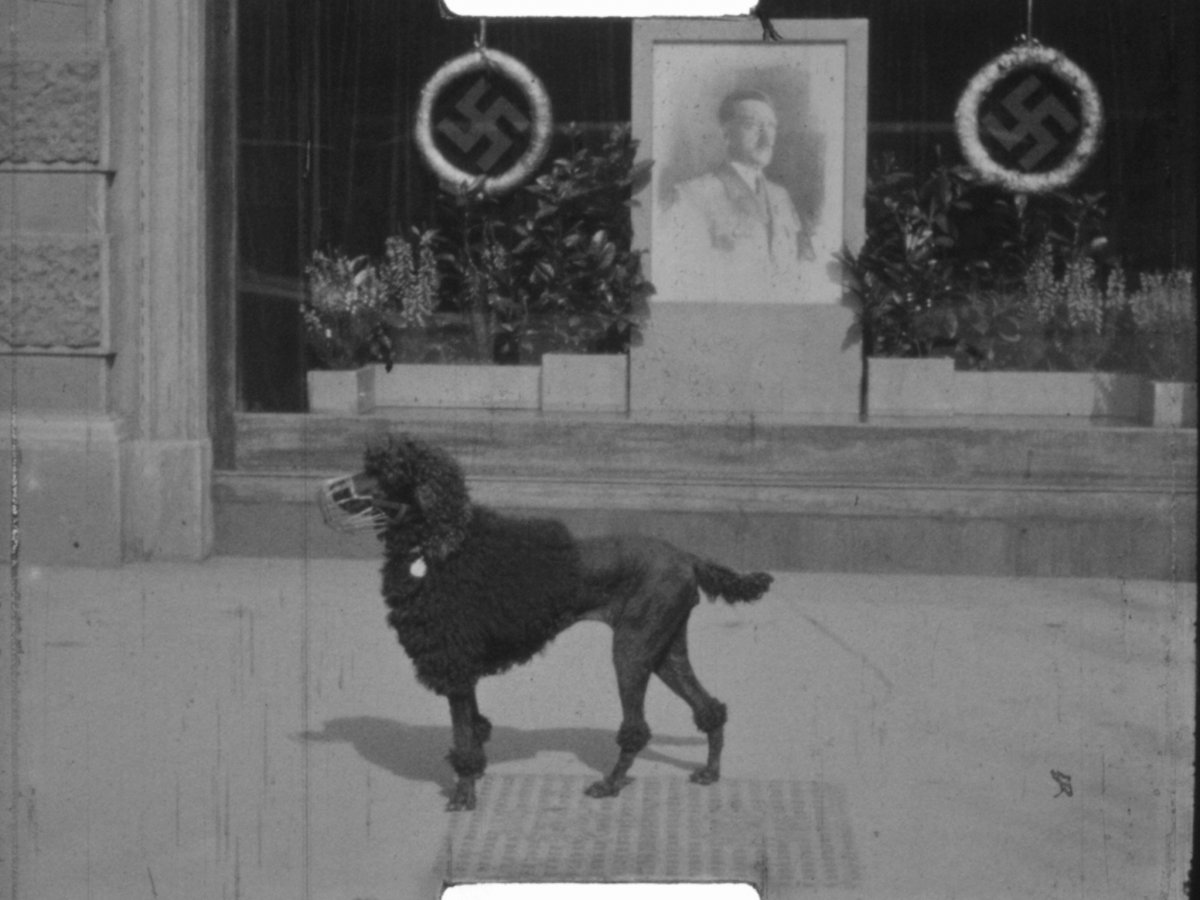Ephemeral Films: National Socialism in Austria
Project Funding: Future Fund of the Republic of Austria, P11-0922 (Part 1) und P14-1645 (Part 2)
Project Duration: 2011–2013 (Part 1), 2014–2016 (Part 2)
Project Lead (Part 1): Ingo Zechner (LBIGG); Michael Loebenstein (National Film and Sound Archive, Canberra; LBIGG)
Project Lead (Part 2): Ingo Zechner (LBIGG)
Project Advisory (Part 2): Siegfried Mattl (LBIGG); Michael Loebenstein (National Film and Sound Archive, Canberra; LBIGG)
Project Team: Christopher K. Brown (USHMM); Paolo Caneppele (Austrian Film Museum); Iris Fraueneder (LBIGG); Georg Kö (LBIGG); Leslie Swift (USHMM); Lindsay Zarwell (USHMM); Jakob Zenzmaier (LBIGG)
Project Partners: Ludwig Boltzmann Institute for History and Society (in 2019 transformed into Ludwig Boltzmann Institute for Digital History); Austrian Film Museum; United States Holocaust Memorial Museum (USHMM)
The audiovisual memory of the Nazi era today remains heavily influenced by the official images created by the Nazi propaganda machine. The films analyzed in this project include unofficial, ephemeral images that depict vibrant prewar Jewish life in Austria, the turmoil of the Nazis taking power, and the persecution of Jews after the Anschluss, including films shot by Americans. These films supplement and sometimes contradict the official, Nazi-sponsored version of events and thus serve as an important corrective to the visual record. They also provide an opportunity to reexamine the relationships between film, history, and historiography.
Ephemeral films are films with a limited purpose—not meant to endure—and include amateur, institutional, industrial, educational, and other films. Given their ephemeral status, such films have received little scholarly attention or systematic preservation, yet they contain valuable cultural and historical information.
Drawing from the unique collections of Austrian Film Museum, United States Holocaust Memorial Museum, and Ludwig Boltzmann Institute for History and Society (in 2019 transformed into Ludwig Boltzmann Institute for Digital History), the project has digitized, annotated, and made accessible 50 ephemeral films related to the history of the Nazi period and the Holocaust in Austria. Each film was scanned frame-by-frame with the latest digital technology, in most cases resulting in 2K high-resolution digital copies. In this way, the digital version of the film remains linked to the analog original. Detailed geographical, historical, and academic analysis of each film is stored in an extensive new database structured according to the PBCore metadata standard. An innovative Web application helps preserve the structure and content of the original films. This new technology, based on open-source projects, contains a unique set of features:
- Film player based on the HTML5 media framework Popcorn.js that displays the film frame-by-frame
- Ability to toggle the speed of the film, or frame rate, from 6 frames-per-second to 36 frames-per-second
- Annotations including photographs, geographic locations, and other metadata that synchronously change as the film plays
- Juxtaposition of a modern-day image of a street, building, or other location shown in a historic film
- Plotting of locations shown in a historic film on a modern-day map
The open source project code can be found at https://github.com/eFilms/eFilms.
This project was completed in 2016. Updates to annotations (e.g, Images or Names) and annotation categories (e.g. Organizations or Historic Events) are still made from time to time.
